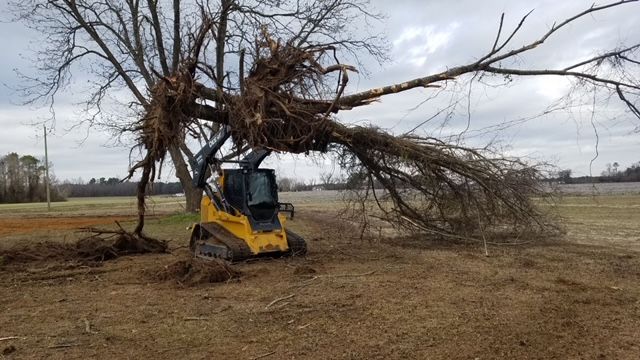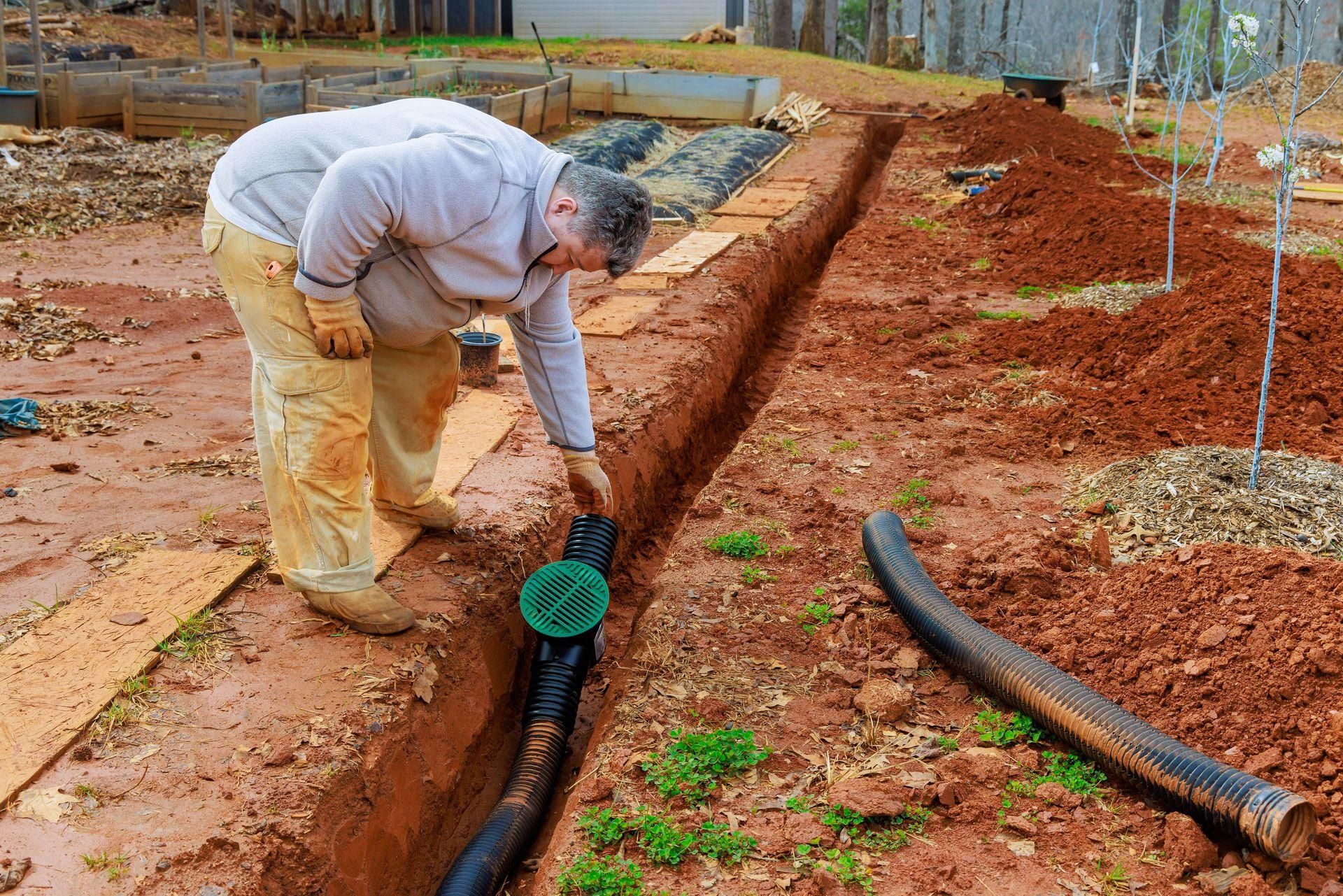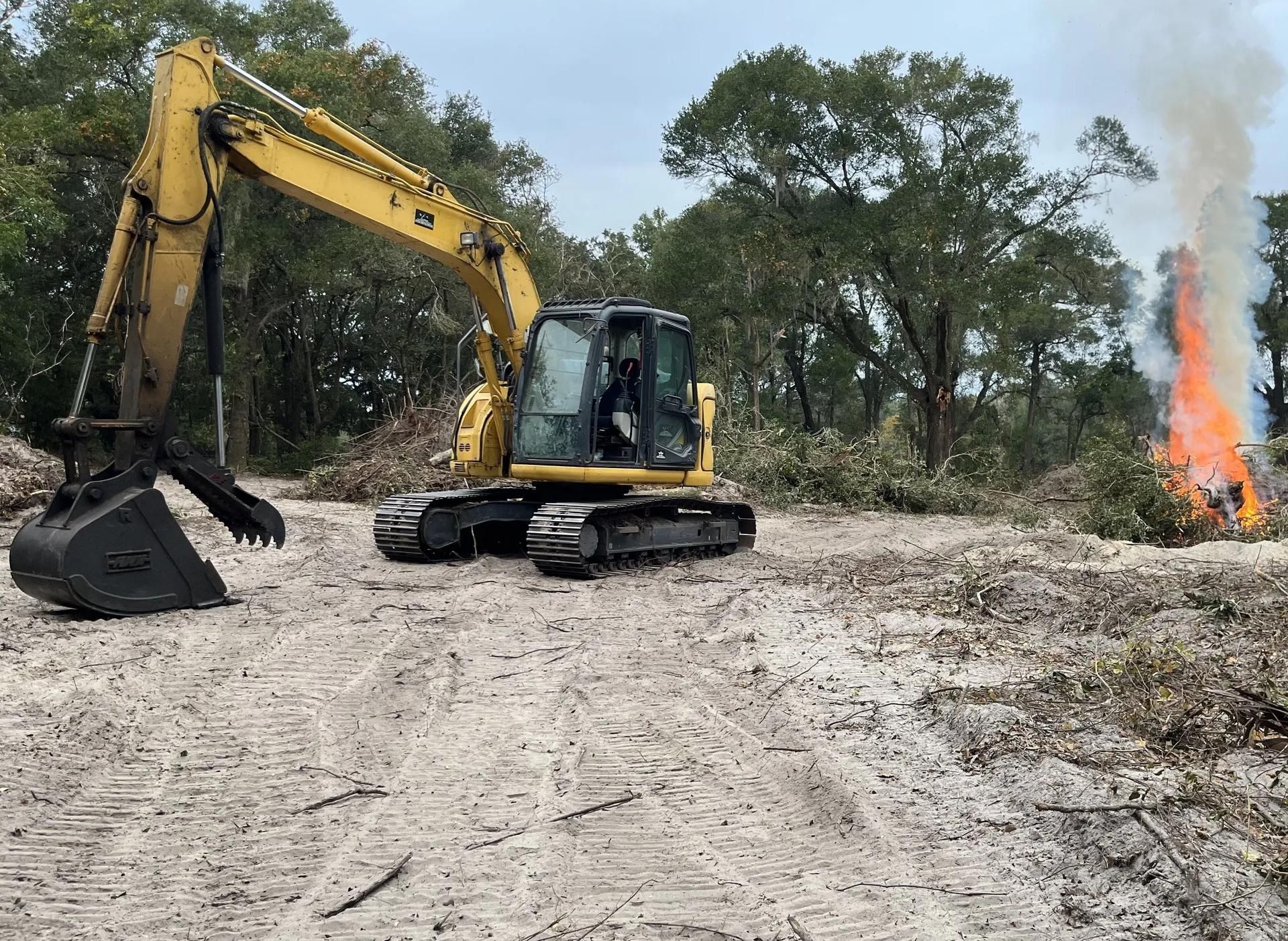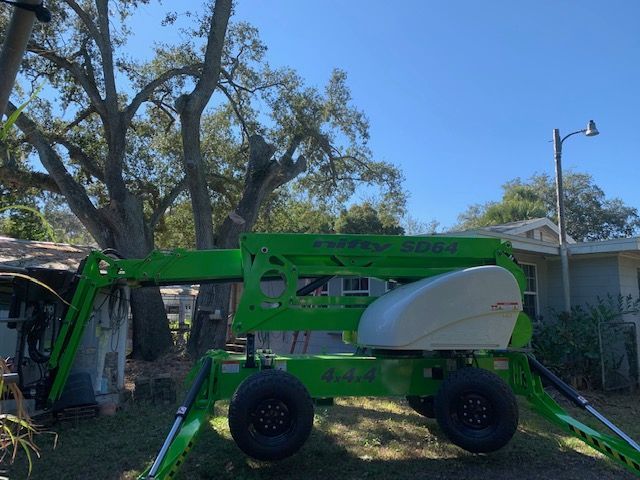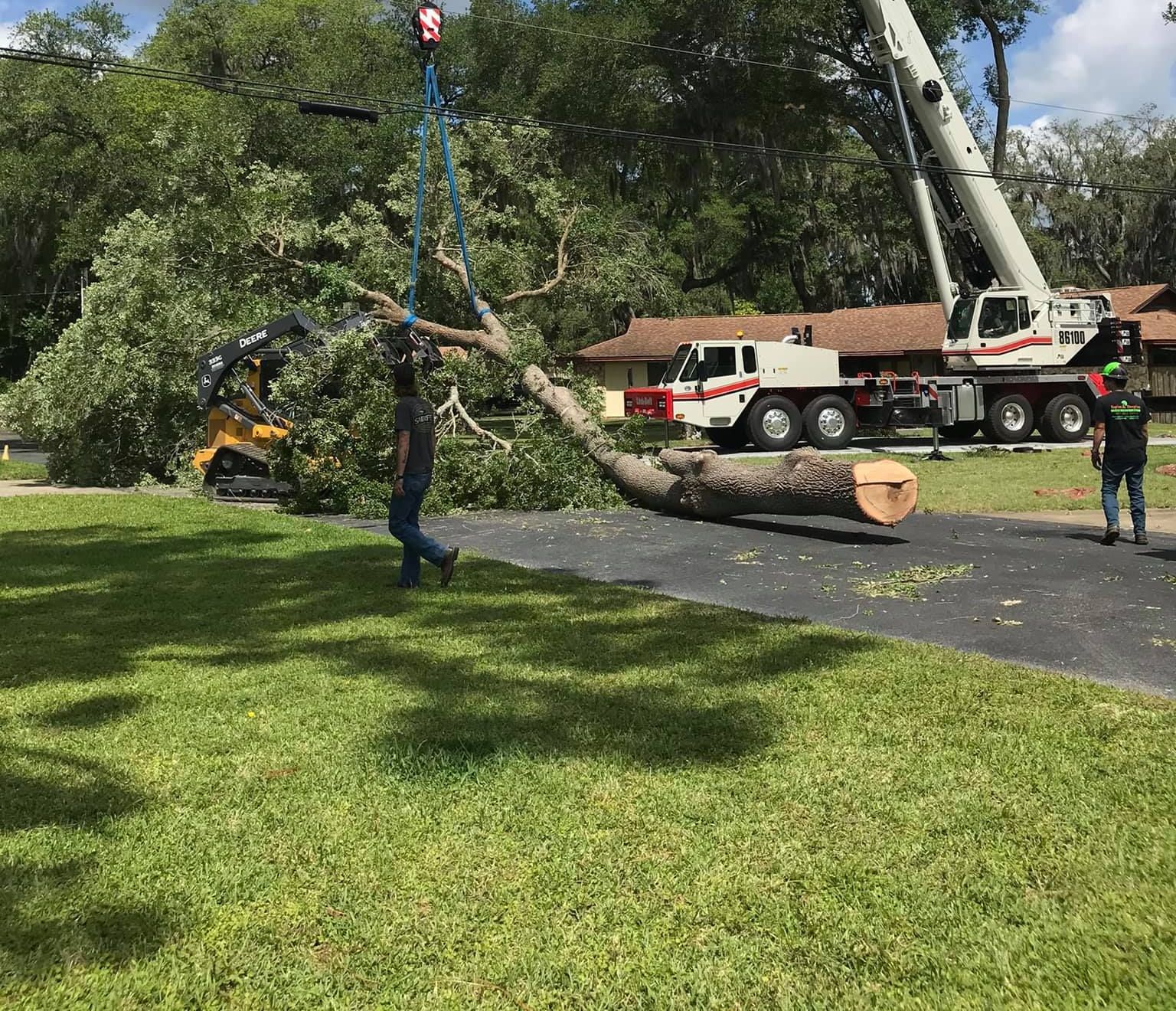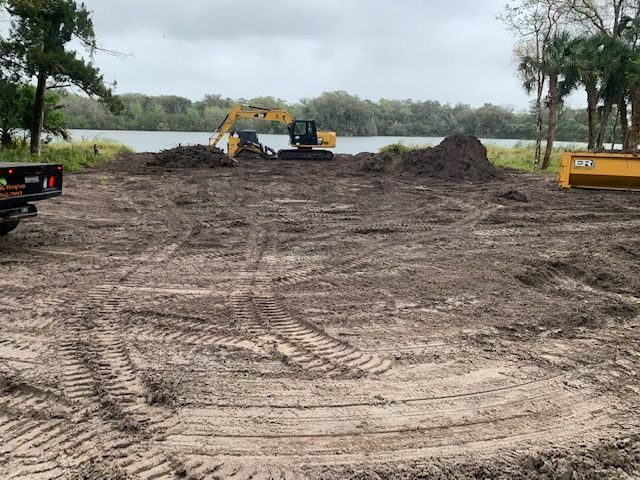Prevent Flooding and Erosion: Why Your Home Needs Professional Land Grading
Are you finding the grading process overwhelming, whether in an educational setting or managing collectibles? Professional grading services can significantly enhance evaluation accuracy and efficiency.
What happens when it’s been raining heavily for days and the lawn you’ve worked hard to maintain is turning into a swamp, and worst of all, you’re worried about the water seeping into your foundation?
Many homeowners face these frustrating and costly problems, often caused by poor drainage and uneven land. The good news? Professional land grading can save you from these headaches.
In this article, we’ll dive into what land grading is, the signs your property might need it, how the process works, the benefits it offers, and answers to common questions. Let’s get started!
What Is Land Grading?
Land grading is the process of leveling or reshaping the ground to create a smooth, even surface. It’s often done to ensure proper drainage, prevent erosion, and prepare the land for landscaping, construction, or other projects. Essentially, it’s about giving your yard a solid foundation.
A professional land grading service uses specialized equipment to adjust the slope of your property. This ensures water flows away from your home and other structures, rather than pooling in unwanted areas. Grading also sets the stage for features like retaining walls, patios, and driveways, creating a functional and visually appealing landscape design.
Signs Your Property Needs Land Grading
Not sure if your property needs land grading? Here are some common signs to look out for:
- Water Pooling Near Your Home: If you see standing water near your foundation or in your yard after rain, it’s a clear indication of poor drainage.
- Uneven Yard: An uneven or bumpy lawn can cause water to collect in low spots, leading to soggy areas and dead grass.
- Basement Flooding: Water seepage into your basement or crawlspace can be a sign that your yard’s slope isn’t directing water away from your home.
- Soil Erosion: Notice patches of bare soil or areas where grass and plants struggle to grow? Erosion caused by improper water flow might be the culprit.
- Cracks in Your Foundation: Over time, water pooling near your foundation can weaken it, causing cracks and structural damage.
- Drainage Issues: Gutters and downspouts should direct water away from your home, but if they’re overwhelmed, it’s often a sign of poor land grading.
Other signs include problems with vegetation, debris buildup, or even water flowing toward storm drains instead of away. If any of these issues sound familiar, it might be time to consult a professional.
The Land Grading Process
So, what happens during land grading? Here’s a step-by-step breakdown:
- Assessment: A professional will visit your property to assess the terrain, identify problem areas, and determine the best grading solution. They may also evaluate subgrades to ensure a stable base for hardscape features.
- Planning: Based on the assessment, they’ll create a plan to reshape the land, considering factors like drainage, landscaping goals, and nearby structures. This might include integrating features like French drains, retaining walls, or sod installation.
- Clearing the Area: Trees, rocks, vegetation, and debris may need to be removed to create a clear workspace.
- Excavation and Leveling: Using equipment like bulldozers or graders, the soil is moved and leveled to create the desired slope. Proper digging ensures that the yard and lawn are ready for planting or further landscaping.
- Compacting the Soil: Once the ground is reshaped, the soil is compacted to ensure stability and prevent future settling. Topsoil may be added to improve the lawn’s health.
- Finishing Touches: Depending on your needs, the professionals might add mulch, install a patio, or prepare the area for planting grass or flowers.
The process might vary depending on the size and condition of your property, but the goal remains the same: creating a safe, functional yard that keeps water flowing where it should.
Benefits of Professional Land Grading
Investing in land grading offers several advantages for your home and yard:
- Prevents Flooding: Proper grading ensures water flows away from your home, reducing the risk of basement flooding and water damage. It also helps protect items in your basement like trading cards, comic books, and other collectibles.
- Reduces Erosion: By directing water flow, grading helps prevent soil erosion and keeps your yard looking its best. It’s also essential for maintaining fair market value and curb appeal.
- Protects Your Foundation: Diverting water away from your home’s foundation reduces the risk of cracks and structural damage, saving you from costly repairs.
- Improves Lawn Health: With better drainage, your lawn will stay healthier, avoiding soggy patches and dead spots. Adding sod or mulch can further enhance your yard’s appearance.
- Prepares for Landscaping Projects: Whether you’re adding a pond, garden, or driveway, proper grading creates a stable base for your plans.
- Boosts Property Value: A well-graded yard enhances your home’s curb appeal and protects its long-term value, making it more appealing in the market.
- Supports Construction Projects: Grading ensures that areas like patios, retaining walls, and hardscapes are built on a solid foundation.
FAQs About Land Grading
1. How much does land grading cost?
The cost varies depending on the size of your property and the extent of the work needed. On average, homeowners spend between $1,000 and $3,000 for residential grading projects. Factors like adding drainage features, French drains, or retaining walls can affect the price.
2. Can I do land grading myself?
While minor grading projects might be manageable for a DIY enthusiast, larger jobs require specialized equipment and expertise. Improper grading can lead to more problems down the line, so it’s often worth hiring a certified grading company.
3. How long does the process take?
The timeline depends on the project’s scope and the property’s condition. Most residential grading jobs take 1 to 3 days to complete, depending on the turnaround time agreed upon with the contractor.
4. Will land grading affect my landscaping?
Yes, but in a positive way. Grading can improve your yard’s overall health and make it easier to maintain landscaping features. Your contractor will work with you to minimize disruption to plants, ponds, or other elements.
5. How often does land grading need to be done?
Once properly graded, most properties don’t need frequent regrading. However, if you notice signs of erosion, drainage issues, or debris buildup, it’s worth checking if adjustments are needed.
Final Thoughts
Flooding and erosion can cause serious damage to your home and yard, but professional land grading is an effective solution. By addressing drainage issues, protecting your foundation, and enhancing your landscaping, you’re investing in the long-term health and value of your property. From ensuring package deliveries reach your driveway safely to preserving collectibles with proper basement waterproofing, land grading offers peace of mind. If you’re facing any of the problems mentioned here, don’t wait—reach out to
Top’em & Drop’em
in Sanford, Florida and take the first step toward a safer, more functional yard.
